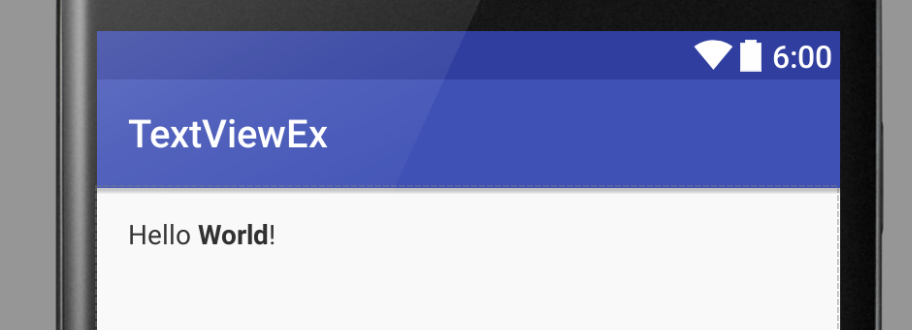I have some fixed strings inside my strings.xml, something like:
<resources>
<string name="somestring">
<B>Title</B><BR/>
Content
</string>
</resources>
and in my layout I've got a TextView which I'd like to fill with the html-formatted string.
<TextView android:id="@+id/formattedtext"
android:layout_width="fill_parent"
android:layout_height="wrap_content"
android:text="@string/htmlstring"/>
if I do this, the content of formattedtext is just the content of somestring stripped of any html tags and thus unformatted.
I know that it is possible to set the formatted text programmatically with
.setText(Html.fromHtml(somestring));
because I use this in other parts of my program where it is working as expected.
To call this function I need an Activity, but at the moment my layout is just a simple more or less static view in plain XML and I'd prefer to leave it that way, to save me from the overhead of creating an Activity just to set some text.
Am I overlooking something obvious? Is it not possible at all? Any help or workarounds welcome!
Edit: Just tried some things and it seems that HTML formatting in xml has some restraints:
tags must be written lowercase
some tags which are mentioned here do not work, e.g.
<br/>(it's possible to use\ninstead)


